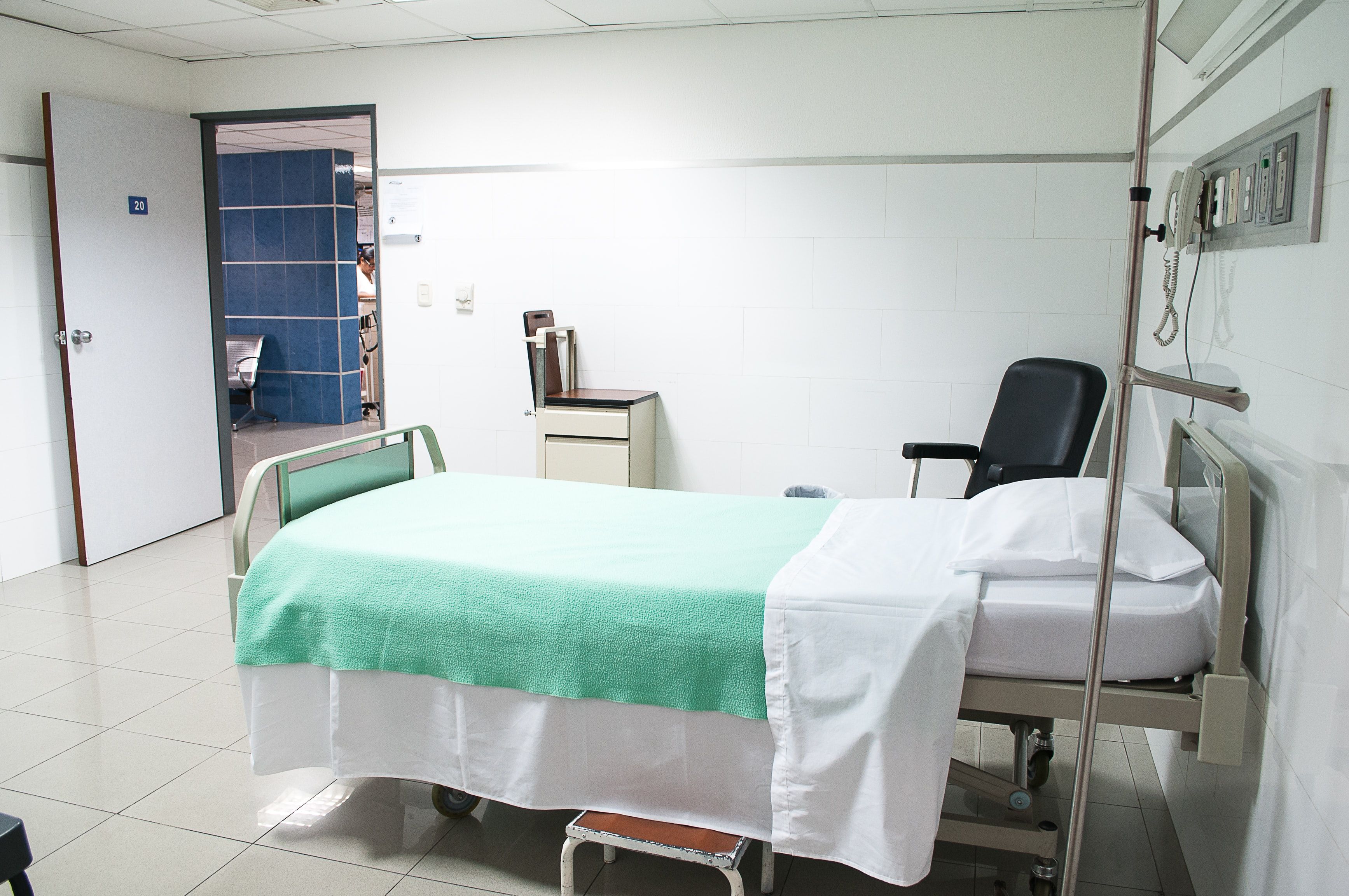Survey Highlights Lessons from Pandemic for Translating Evidence to Clinical Practice
The pandemic offered valuable lessons on improving the translation of evidence to practice, according to a recent survey of academic medical centers.

Academic medical centers implemented clinical practice guidelines for patients with COVID-19 with significant speed and flexibility during the pandemic, according to a recent survey that highlighted best practices that could be expanded to other disease processes along with areas for improvement.
“I suspect this is the first time we’ve ever seen translation of evidence this fast and this completely as we saw, especially when guidelines and evidence aligned,” Alan A. Kubey, MD, a hospitalist at Thomas Jefferson University Hospital and Mayo Clinic, told Contagion. Kubey co-led the study with Amy Chang Berger, MD, PhD, at the University of California, San Francisco.
The study, published in JAMA Network Open, included data from 52 academic medical centers and teaching hospitals in the United States associated with the Hospital Medicine Reengineering Network (HOMERuN), a collaborative of hospitalists and researchers at leading medical centers that aims to improve quality of care by sharing and refining best practices.
Participating institutions were surveyed between December 2020 and February 2021. Among those that responded to the survey, 51 (98%) had issued internal COVID-19 management guidance. In most cases (94%), guidance was generated by multidisciplinary committees, including infectious diseases, hospital medicine, infection control and critical care practitioners.
Recommendations were shared through email, institutional websites, and integration into electronic health records as order sets and note templates.
Kubey shared the findings during a poster presentation at SHM Converge 2022.
He highlighted three main takeaways of the study:
- Translation from evidence to practice was remarkably fast. For example, more than 94% of participating AMCs had adopted the use of dexamethasone for patients requiring more than 4 liters of oxygen only six to eight months after the RECOVERY trial demonstrated a benefit of the treatment.
- Institutions favored treatment over not treatment, reflecting a concerning bias of clinicians to just do something when uncertain. For example, 69% of institutions recommended remdesivir for mechanically ventilated patients and 81% recommended dexamethasone for patients requiring 1 to 2 liters of oxygen.
- Institutions innovated in the face of knowledge gaps, filling in the gaps with expert opinion. For example, 67% of institutions implemented awake proning and 35% limited remdesivir use to patients in the early phase of illness.
Kubey said researchers were surprised and concerned by the tendency of institutions to favor treatment over not treatment.
“When you’re at the bedside, it’s really hard to say either ‘we don’t know’ or ‘doing more may be harmful.’ There is an expectation from families and patients that the more you do the better that is, and in medicine that’s not always the case. Often less is more,” he said.
He said the study revealed a need to temper the bias toward treatment.
“I think we need to be more thoughtful about how we communicate not only the evidence but how we write the guidelines so that we can back up our clinicians at the bedside to be crystal clear on what we know works, what we know doesn’t work and what we don’t know,” Kubey said.
The lessons learned during the pandemic could benefit treatment of other diseases such as diabetes, cardiac disease, COPD and asthma. Translation of evidence to practice typically takes as long as 17 years, which is “just not fast enough in 2022,” Kubey said.
“My worry is that we’re going to go back to normal,” Kubey said. “That will be a disservice to our patients and to our physicians and medical care in America.”
While many people are eager to put the pandemic in the rearview mirror, Kubey hopes to build on strategies adopted to fight COVID-19 such as multidisciplinary teams and information sharing through electronic health records.
“If I could highlight one takeaway for physicians and administrators and politicians and patients it would be let’s learn from the silver lining in this horrible pandemic on how we can more rapidly, thoroughly and accurately translate best evidence to bedside to better care for our patients not only for COVID but really all medical conditions.”
The study was supported by grants from the Gordon and Betty Moore Foundation and the Agency for Healthcare Research and Quality.
